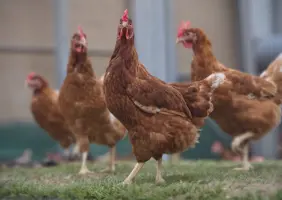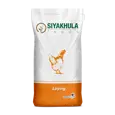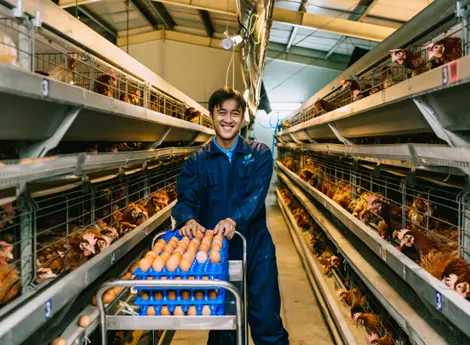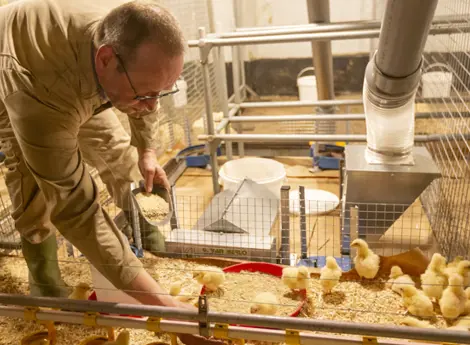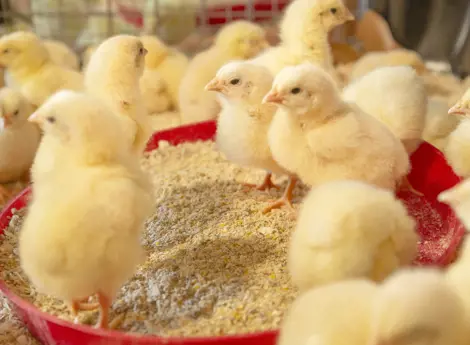 Layers
Layers
Every layer farm has its own unique combination of genetics, housing, climate and management. Furthermore, every farmer has their own production goals. Well-balanced nutrition combined with the best support are essential to achieve the best results. Which is why De Heus develops feed, management and health solutions tailored to local market circumstances.
Best feed solutions combined with optimal support
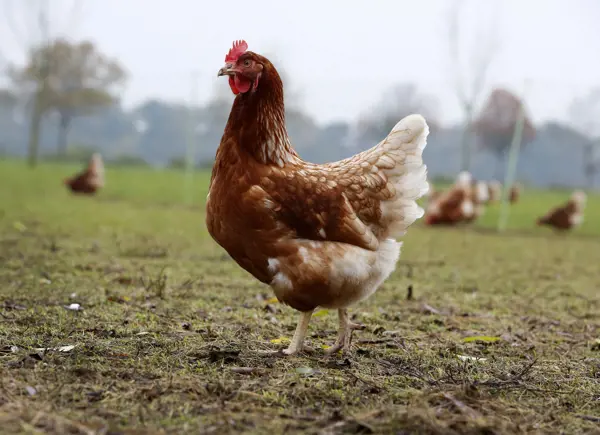
Feed and services
Feed and services for layers
De Heus offers a wide variety of feed and services for Layers. Discover what we have to offer for your animals.
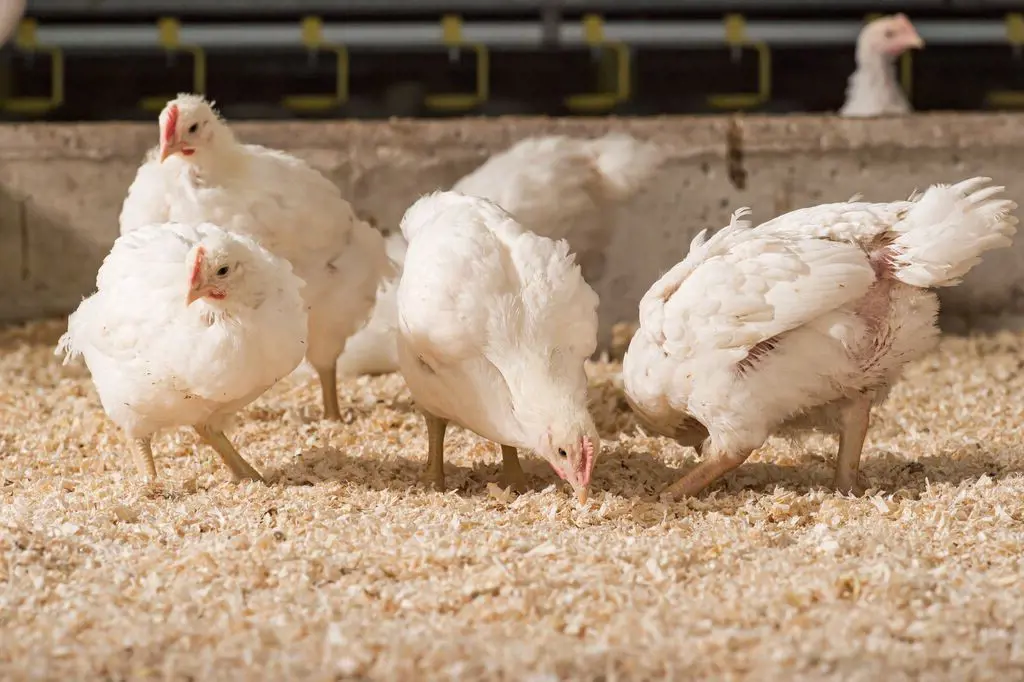
Do you know how to boost your animals' natural power?
Discover how the Natural Power programme provides targeted solutions to improve animal health and optimize performance while supporting the prudent use of antibiotics.
More about Natural PowerYour benefit from our Layer approach
As an egg producer, you aim for high-quality eggs that meet the needs of your customers. A modern laying hen is increasing her production. To fulfil the genetic potential of modern laying hens and boost production, your laying hens require high-quality nutritional products that perfectly meet their needs. Together, we identify your needs and analyse the farm so that we can provide the optimum combination of management and nutrition strategies in all the life stages of your layers. In this way, we can help you achieve your production goal.
- Fulfil genetic potential of your laying hens
- High-quality nutritional products
- Achieve your production goal
Challenges we can help you with
Are there any challenges we can help you with?

Poultry research
De Heus continuously improves its poultry programmes to achieve the best results on your farm. Our practical experience in poultry farming worldwide is used in the local programmes. De Heus conducts research in its own R&D facilities in different countries.
More about our research programmesFREQUENTLY ASKED QUESTIONS
We have the answers to your questions
Calcium, phosphor and vitamin D3 are all important nutritional factors in relation to eggshell quality. But, there are also other factors you need to consider. Let’s look at a few: first of all, you have to know the nutrient requirements of the hen. This requirement changes as the bird ages. For example, in older laying hens the calcium requirement increases because less calcium can be made available from the bones. Secondly, during eggshell formation the hen can either use calcium directly from the feed or mobilize it from her bones. This mobilization process is facilitated by vitamin D3 and during it also phosphor gets released that is largely lost. This underlines the importance of also having the correct phosphor and vitamin D3 levels in your feed. Another way to deal with this is by considering the timing of feeding: eggshell formation takes place during the evening and night, so this is the time during which the calcium requirement is the greatest. Therefore, the hen will benefit from extra dietary calcium during this time, something you can achieve with e.g. grit topping in the afternoon.
Read more about egg shell quality hereFeed, water, light and climate are the most important factors that determine the production potential of your flock. Also, it is the combination of all these factors that create the best circumstances for optimal health and performance. Fortunately, at De Heus we have both nutrition and management specialists who can help you with this. From a nutritional point of view it is all about the right nutrients, provided in the right amount and at the right time. This starts during rearing, where you build the foundation for a successful production phase. We know for example from own research that the body weight and composition at early age already have an impact on lay percentage during the second stage of production. Because there are so many factors involved in optimizing the number of eggs produced per hen, please contact a specialist to discuss your options and to receive an advice based on your specific situation.
Contact a poultry specialist for more informationThe colour of the egg yolk can be influenced through nutrition by the addition of pigments. Pigments are also known as carotenoids and cannot be produced by the chicken herself. Around the world, customers have a different preference for yolk color. At De Heus we understand the importance of meeting customer expectations. To make sure that the yolks in your laying hens’ eggs have just the right color, we have developed extensive knowledge in this area. The different types of carotenoids available for laying hen feeds have been extensively assessed and valued. By understanding the efficiency of the different sources available, we can always provide just the right amount of pigments for the colour you prefer.
Ideally, egg size should not fluctuate too much throughout the laying period and be uniform across the flock. In practice we see that hens that just started laying eggs often produce eggs that are relatively small, while eggs produced during the second half of production are relatively heavy. There are various ways to control egg size and uniformity throughout the laying period. For example, a uniform flock of hens during rearing will better respond to nutritional and management changes during the transition phase and likely result in a more consistent egg production at the onset of lay. Also the body weight as such and body condition at the onset of lay will influence egg weight. From a nutritional perspective, egg weights are mainly determined by feed intake, feed utilization and the nutritional value of the feed. The ultimate effect depends on many factors, such as house temperature, intestinal and animal health and things like feed structure and the ratio of protein / energy.
At De Heus we are continuously looking into ways to further optimize feed costs. On one hand we do this by smart sourcing of ingredients and optimizing our production processes. On the other hand we continue to further improve and optimize the feed composition, resulting in improved nutrient utilization and performance of your laying hens. Optimization can be done by e.g. better understanding the nutrient requirements of the hen at different ages and production stages (precision feeding), but also by studying individual (novel) ingredients with respect to digestibility and nutrient availability to the bird. Lastly, also latest feed production technologies can help to improve feed quality and nutrient availability.
More about this topic
